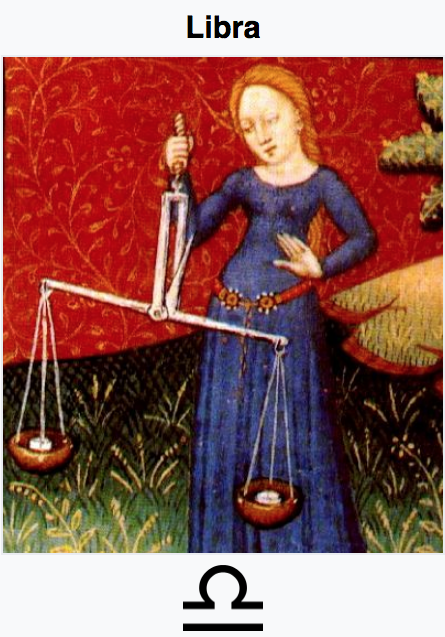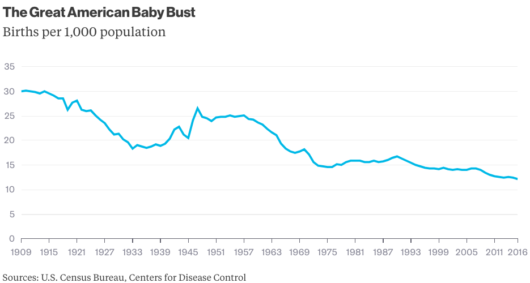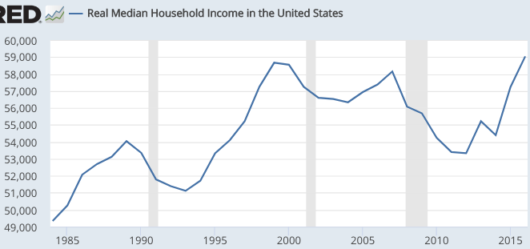Mike Konczal has a new post criticizing the recent NYT piece by Beckworth and Ponnuru. He makes four points. The first is that Senator Cruz’s views on money are not always consistent. Even if true, that has no bearing on the Beckworth/Ponnuru argument. Here’s the second:
A lot depends on what we mean by “cause.” Google “define:cause” and I get “make (something, typically something bad) happen.” But the authors really mean “didn’t prevent” here. There is a fascinating Myth of Ownership/”you didn’t build that” element here – where is the line between the market and the state that structures it? But the story is simple: there was an aggregate demand shortfall from the housing collapse, and the government didn’t step in to fix it.
In that same exact way, the stimulus not being large enough also caused the Great Recession. Sure, but I doubt Ted Cruz would agree with that statement.
This is a completely meaningless distinction, when it comes to monetary policy. As Nick Rowe points out there is no meaningful distinction between the Fed acting and not acting. Monetary policy can be described along many dimensions, including interest rates, the base, M2, exchange rate, and NGDP expectations. Acting in one dimension might mean not acting in terms of another. And this isn’t even one of those “Keynesian vs. Monetarist” things where no one can say who’s right. Konczal’s fellow Keynesian Paul Krugman frequently describes Fed action/inaction in terms of changes in the base, whereas Konczal considers action in terms of changes in interest rates. The growth rate of the base slowed sharply in late 2007 and early 2008, so using Krugman’s criterion Fed “acted” to make policy tighter right before the recession. Under Konczal’s the Fed “acted” to make it easier. (Of course later the base soared, so by Krugman’s criterion money became much looser.)
In my view neither the base nor the level of interest rates are good indicators of what the Fed “is doing”, and I’m pretty sure that Beckworth and Ponnuru agree. We evaluate Fed policy in terms of changes in NGDP, or expected NGDP growth. By that criterion, policy got more contractionary. Konczal may not like this view, but it’s basically the view of Ben Bernanke before he became Fed chair, so no one can claim we are trying to come up with some whacky new way of describing the stance of monetary policy.
As for the housing “collapse”, it had almost no impact on unemployment. Housing construction plunged by more than 50% between January 2006 and April 2008, and unemployment merely edged up from 4.7% to 5.0%, so Konczal is flat out wrong in claiming that AD plunged due to a housing collapse. AD plunged due to a tight money policy from April 2008 to October 2009, which caused unemployment to soar from 5% to 10%. Jobs were lost in many industries, not just housing construction.
Konczal continues:
I think a lot of people’s frustrations with the article – see Barry Ritholtz at Bloomberg here – is the authors slipping between many possible interpretations. Here’s the three that I could read them making, though these aren’t actual quotes from the piece:
(a) “The Federal Reserve could have stopped the panic in the financial markets with more easing.”
There’s nothing in the Valukas bankruptcy report on Lehman, or any of the numerous other reports that have since come out, that leads me to believe Lehman wouldn’t have failed if the short-term interest rate was lowered.
I’m no expert on Lehman, but the financial crisis as a whole would have been far milder if the Fed had kept NGDP growing at roughly 5%/year. And the reason is simple; at that growth rate the asset markets would have been far stronger, and the crash in asset prices severely impacted the balance sheets of many banks, including Lehman. Keep in mind that the subprime crash was not big enough to bring down the banking system. Rather when NGDP growth expectations plunged, the prices of homes in the (non-bubble) heartland states, as well as commercial property, began falling. This is what turned a manageable financial crisis into a major crisis. But even with a major crisis, the Fed was quite capable of boosting NGDP sharply. They showed this in 1933, when NGDP rose strongly despite one of the most severe banking crises in American history, which shut down 1000s of banks for many months.
(b) “The Federal Reserve could have helped the recovery by acting earlier in 2008. Unemployment would have peaked at, say, 9.5 percent, instead of 10 percent.”
That would have been good! I would have been a fan of that outcome, and I’m willing to believe it.
Talk about damning with faint praise! If the Fed had kept NGDP growing at 5% then obviously unemployment would not have risen to 9.5%, a figure like 6% is more plausible. So is Konczal claiming that the Fed would have been unable to boost NGDP? Why? And why did they succeed in 1933? Devaluation? Then do the modern equivalent—level targeting.
Is the argument that we’d somehow avoid the zero-lower bound? Ben Bernanke recently showed that interest rates would have had to go to about -4 percent to offset the Great Recession at the time. Hitting the zero-lower bound earlier than later is good policy, but it’s still there.
There are lots of problems here. The Bernanke claim was that the Taylor rule implied a minus 4%, but that’s in 2009, not 2008. And that distinction really matters! The graph Konczal shows has the Taylor Rule suggesting an interest rate in positive territory in 2008. In any case, the Bernanke article Konczal links to is critical of the Taylor Rule, so it cannot possibly be used as evidence that Bernanke thought a negative 4% interest rate was appropriate in 2008, or even 2009. If he had thought that, why would the Fed have set rates at positive 2% in mid-2008? Sure, there are data lags but not 600 basis points worth of them. The fact of the matter is that the Fed didn’t cut rates more aggressively because at the time they thought it would lead to excessive inflation. It’s pretty hard to now claim that our wonderful economic models somehow show that even far lower interest rates could not possibly have prevented deflation and deep recession in 2009. If our models were that accurate we never would have had a Great Recession.
As an analogy, it would be like claiming that a small adjustment in steering by a bus driver could not possibly have prevented a bus from going over a cliff further on, because 100 yards further down the road even a big adjustment in steering would not have been enough.
A lot of the “expectations” stuff has a magic and tautological quality to it once it leaves the models and enters the policy discussion, but the idea that a random speech about inflation worries could have shifted the Taylor Rule 4 percent seems really off base. Why doesn’t it go haywire all the time, since people are always giving speeches?
I’m tempted to say that one needs to first understand “stuff” like rational expectations models, before dismissing them. Speeches only matter when they provide new information that causes markets to change their views as to the expected future path of monetary policy. Very few speeches do that.
And couldn’t it be just as likely that since the Fed was so confident about inflation in mid-2008 it boosted nominal income, by giving people a higher level of inflation expectations than they’d have otherwise? Given the failure of the Evans Rule and QE3 to stabilize inflation (or even prevent it from collapsing) in 2013, I imagine transporting them back to 2008 would haven’t fundamentally changed the game.
Inflation “collapsing” in 2013? I don’t think Mike Konczal wants to go there.
If your mental model is that the Federal Reserve delaying something three months is capable of throwing 8.7 million people out of work, you should probably want to have much more shovel-ready construction and automatic stabilizers, the second of which kicked in right away without delay, as part of your agenda. It seems odd to put all the eggs in this basket if you also believe that even the most minor of mistakes are capable of devastating the economy so greatly.
No, if these three-month errors are so consequential then you want to shift to a monetary regime where they are not so consequential, like NGDP level targeting. With that regime a three month miss would not cause asset prices to collapse.




